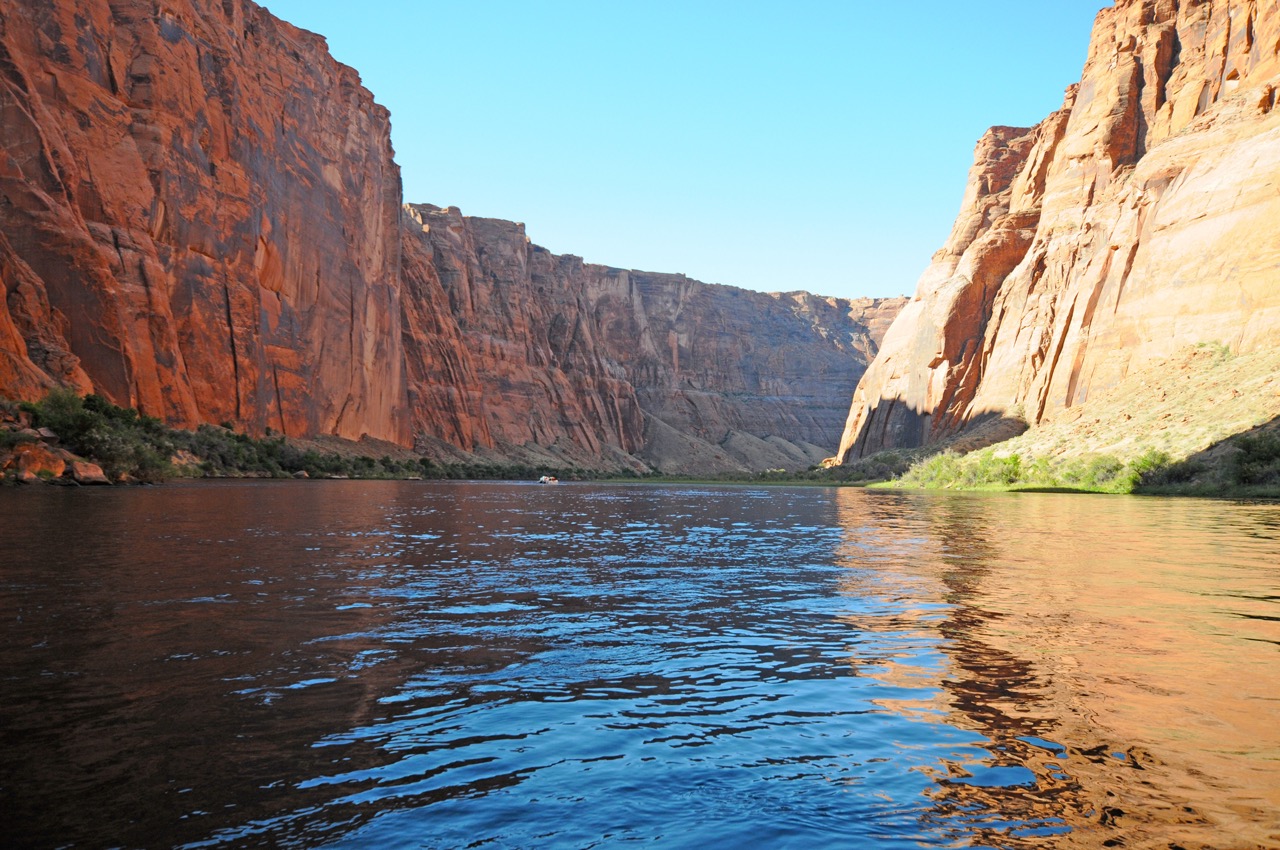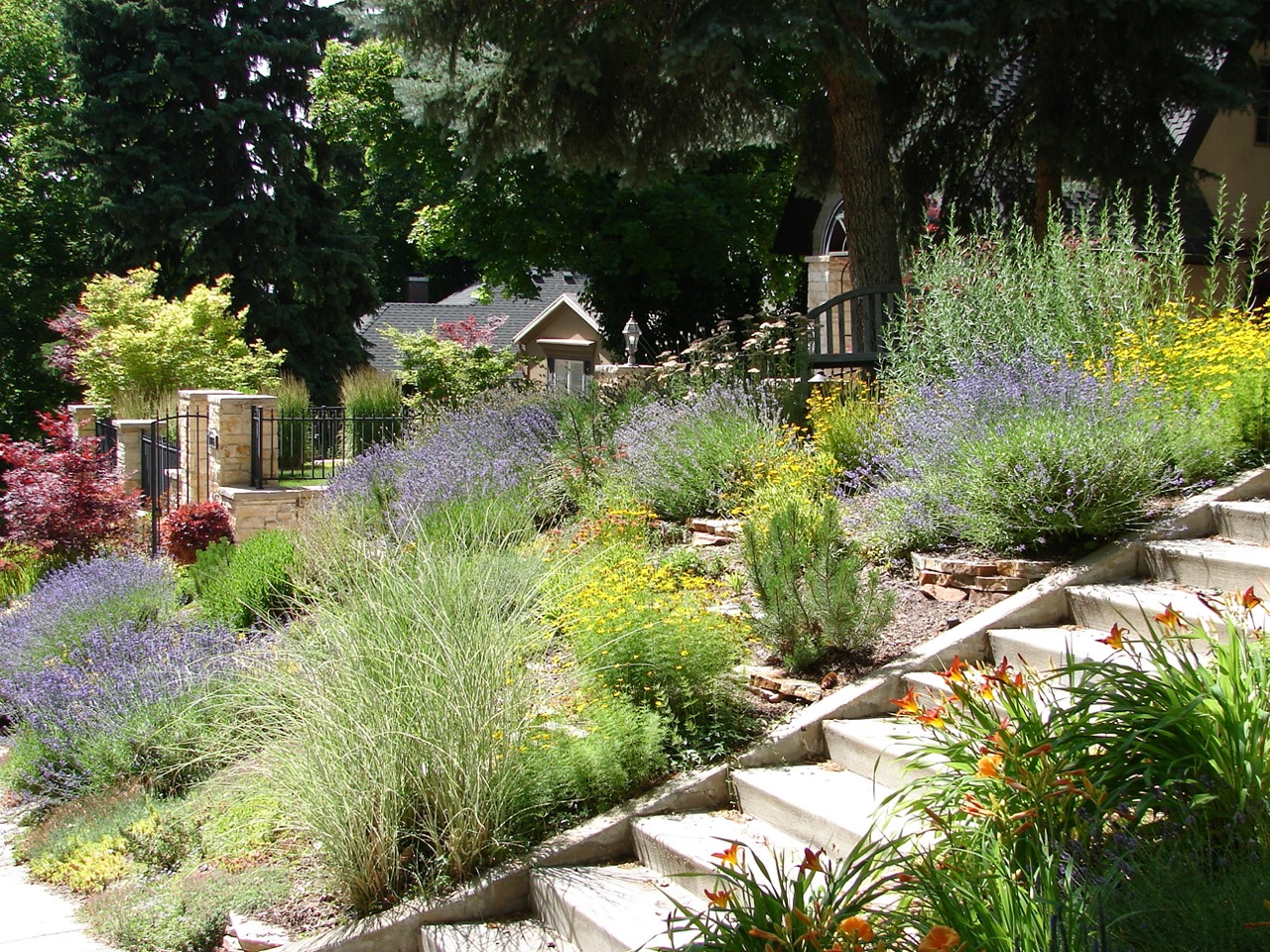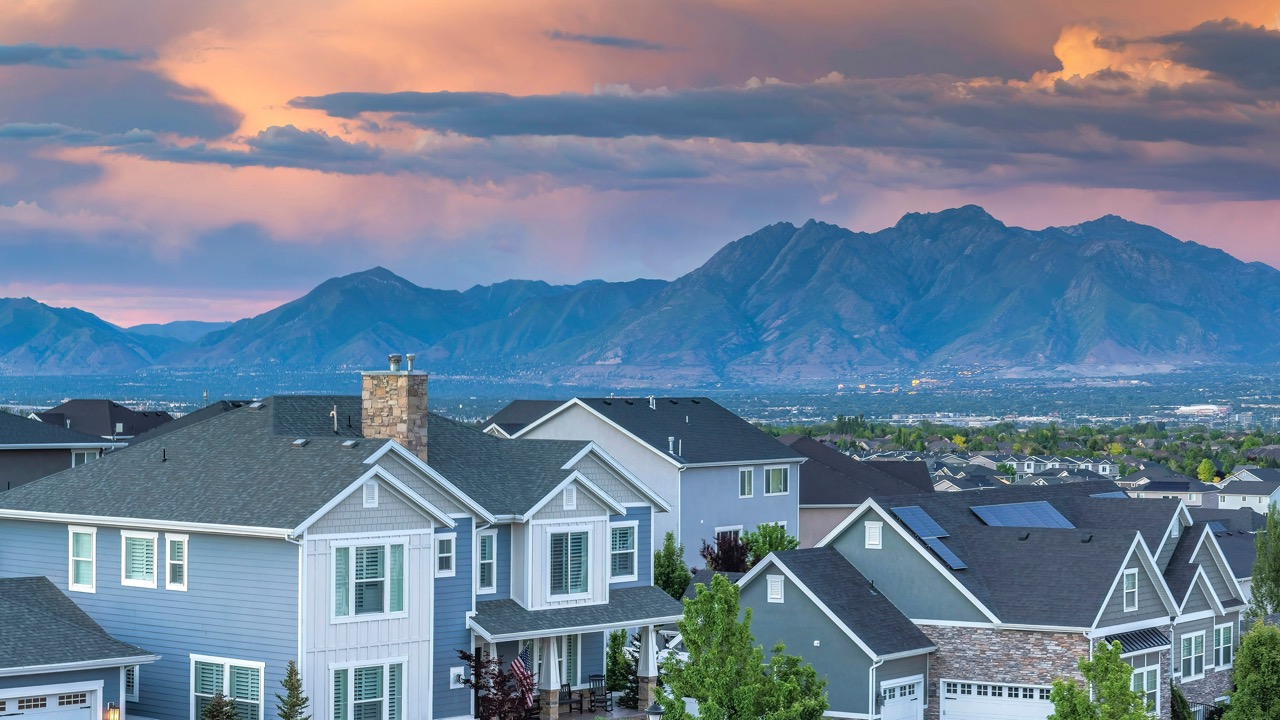 By law, water of the state belongs to the public. However, the state determines who has a right to divert water and how it is used. Each year, more than five million acre-feet of water is diverted from Utah’s natural water systems and delivered to agricultural, residential, commercial, institutional, and industrial customers. Of that, 82% goes to agricultural use. The rest is distributed using three delivery systems:
By law, water of the state belongs to the public. However, the state determines who has a right to divert water and how it is used. Each year, more than five million acre-feet of water is diverted from Utah’s natural water systems and delivered to agricultural, residential, commercial, institutional, and industrial customers. Of that, 82% goes to agricultural use. The rest is distributed using three delivery systems:
- Public community systems (i.e. run by municipalities) that deliver water to businesses and residents.
- Public non-community systems that are not connected to a public community and use their own water system (e.g. ATK, oil refineries, national & state parks, certain small businesses, and small subdivisions.)
- Residential wells that are owned by individual homeowners.
Beneath much of the land in our beautiful state is a massive and complex system of pipelines, pumps, and reservoirs that we often don’t think about because we don’t see it. Each water system is unique. Oftentimes several entities are needed to deliver water from where it originates to the end user.
Drinking Water
Drinking water (also called culinary or potable water) in Utah comes from two sources – ground water (wells and springs) and surface water (rivers and lakes). Ground water is typically pumped from the ground, and with minimal treatment, is then delivered to a community water system. Surface water must be treated because it is exposed to the environment and contains impurities that are removed in the treatment process. It takes about four hours to treat your water to safe drinking standards.
Municipal/Urban Water
The vast majority of Utah’s residents live in urban or semi-urban settings that rely on complex, expensive and largely underground municipal water systems. A typical urban water supply system consists of pipelines, treatment plants, wells, reservoirs, pump stations, meters, valves, pressure control stations, and chemical feed stations. Water is primarily delivered to urban/suburban areas in two different ways:
- A culinary water system has a network of pipelines through which treated water is delivered for indoor and oftentimes outdoor use. All use is metered in this scenario because the water is delivered through the same meter.
- A secondary water system has a separate pipeline that delivers secondary/irrigation water that is non-potable for outdoor use. Typically, these secondary systems were installed without a meter because technology did not exist to meter water with sands, silts, algae, etc.
Secondary Water
Northern Utah has one of the country’s largest contiguous urban pressurized secondary water systems. These piped, non-potable, pressurized water systems were originally conceptualized and installed by the U.S. Bureau of Reclamation on the premise that the water delivered to lawns and gardens does not need to be treated to drinking standards, therefore substantially reducing the size and costs of treatment plants and other treated water infrastructure. There are more than 100,000 secondary water connections just within Davis and Weber counties. In the past decade, meter technology has advanced to allow debris to pass through and fully drain during the non-irrigation season to prevent freezing and breakage. Since 2010, Weber Basin Water Conservancy District (WBWCD) has invested approximately $15 million to install secondary water meters and has tracked a 20%-30% reduction of outdoor use when meters are installed.
Outdoor Water Use
 Utah’s landscape diversity creates a large spectrum of outdoor conditions including multiple climate zones, varied water supplies, and distinct regional use patterns. Currently, outdoor water use accounts for more than 60% of the water used by an individual household. Indoor plumbing codes are addressing much of the savings that can occur inside the house, leaving outdoor water use as the primary focus of conservation efforts. An abundance of turf grass and the use of automatic sprinkler systems are two of the main reasons people overuse outdoor water. Sprinklers are often set to water at a level for mid-July and left that way for the remainder of the season, not taking into account rain and times when landscapes require less frequent watering. “Smart” automatic sprinkler timers that tie into a weather station and determine when to water a lawn based on evapotranspiration rates are available. These timers determine when a half inch of water is depleted from the soil and then turn on the automatic sprinkler timer to replenish the water. If it rains, the weather station will signal to the sprinkler timer to not water. A reduction in turf grass area combined with the use of this “Smart” timer technology provides an opportunity for considerable water conservation savings.
Utah’s landscape diversity creates a large spectrum of outdoor conditions including multiple climate zones, varied water supplies, and distinct regional use patterns. Currently, outdoor water use accounts for more than 60% of the water used by an individual household. Indoor plumbing codes are addressing much of the savings that can occur inside the house, leaving outdoor water use as the primary focus of conservation efforts. An abundance of turf grass and the use of automatic sprinkler systems are two of the main reasons people overuse outdoor water. Sprinklers are often set to water at a level for mid-July and left that way for the remainder of the season, not taking into account rain and times when landscapes require less frequent watering. “Smart” automatic sprinkler timers that tie into a weather station and determine when to water a lawn based on evapotranspiration rates are available. These timers determine when a half inch of water is depleted from the soil and then turn on the automatic sprinkler timer to replenish the water. If it rains, the weather station will signal to the sprinkler timer to not water. A reduction in turf grass area combined with the use of this “Smart” timer technology provides an opportunity for considerable water conservation savings.
Agricultural Water Use
 Some of the oldest water delivery systems in the state, including diversion structures, canals, laterals, and pumps, were built for agricultural water supplies. Most senior water rights in Utah are owned by agricultural interests because they were the first users of the water. Utahns value the preservation of agricultural lands, both for the open space it provides and the farming industry it supports. Today, agriculture accounts for 82% of the water use in Utah. Efficient application of agricultural water is also an important way to conserve water in the future. Several recently developed technologies improve irrigation efficiency regardless of crop type. For example, subsurface drip irrigation systems minimize the amount of water lost due to evaporation and runoff by being buried directly beneath the crop and applying water directly to the root zone, thus keeping the soil surface dry. Real-time weather monitoring and soil moisture monitors can help improve the scheduling of irrigation. As technology continues to improve and becomes more affordable for farmers to implement, water conservation on agricultural lands will increase.
Some of the oldest water delivery systems in the state, including diversion structures, canals, laterals, and pumps, were built for agricultural water supplies. Most senior water rights in Utah are owned by agricultural interests because they were the first users of the water. Utahns value the preservation of agricultural lands, both for the open space it provides and the farming industry it supports. Today, agriculture accounts for 82% of the water use in Utah. Efficient application of agricultural water is also an important way to conserve water in the future. Several recently developed technologies improve irrigation efficiency regardless of crop type. For example, subsurface drip irrigation systems minimize the amount of water lost due to evaporation and runoff by being buried directly beneath the crop and applying water directly to the root zone, thus keeping the soil surface dry. Real-time weather monitoring and soil moisture monitors can help improve the scheduling of irrigation. As technology continues to improve and becomes more affordable for farmers to implement, water conservation on agricultural lands will increase.
Stormwater
 Stormwater is nature’s way of recharging water supply. Most of Utah’s stormwater comes in the form of snow in the mountains that eventually is collected in reservoirs, treated, and distributed through water systems to the public. With the passage of the Federal Clean Water Act, stormwater is now a regulated type of water that include stormwater permit systems. Building projects receiving stormwater permits are required to treat stormwater by use of settling ponds, and a variety of other devices to mitigate the pollution from storm-related debris. Stormwater systems differ greatly. Cedar City has a creative stormwater plan that brings the high flows of Coal Creek down through the city to gravel pits located west of I-15. These gravel pits store water which then recharges the aquifer for Cedar City. Most stormwater devices are not designed to recharge, they are planned to allow stormwater to run off without causing damage or pollution.
Stormwater is nature’s way of recharging water supply. Most of Utah’s stormwater comes in the form of snow in the mountains that eventually is collected in reservoirs, treated, and distributed through water systems to the public. With the passage of the Federal Clean Water Act, stormwater is now a regulated type of water that include stormwater permit systems. Building projects receiving stormwater permits are required to treat stormwater by use of settling ponds, and a variety of other devices to mitigate the pollution from storm-related debris. Stormwater systems differ greatly. Cedar City has a creative stormwater plan that brings the high flows of Coal Creek down through the city to gravel pits located west of I-15. These gravel pits store water which then recharges the aquifer for Cedar City. Most stormwater devices are not designed to recharge, they are planned to allow stormwater to run off without causing damage or pollution.
Return Flows and Recharge
Water that returns to surface or ground water after human use is collectively called return flow. Return flows have been utilized for human use including sewage, washing, industrial uses, irrigation, and many others (USGS). Return flow is a critical part of Utah’s water distribution system. Water that is not evaporated, used by plants, or that seeps once irrigation is complete, water generally flows back into the stream or river it came from and is available to be used by the next person downstream with an approved water right. The consumptive use of water (or depletion) is the amount of water used and not available for use by another water user. Wastewater leaving a property is available for use by someone else as return flow.
